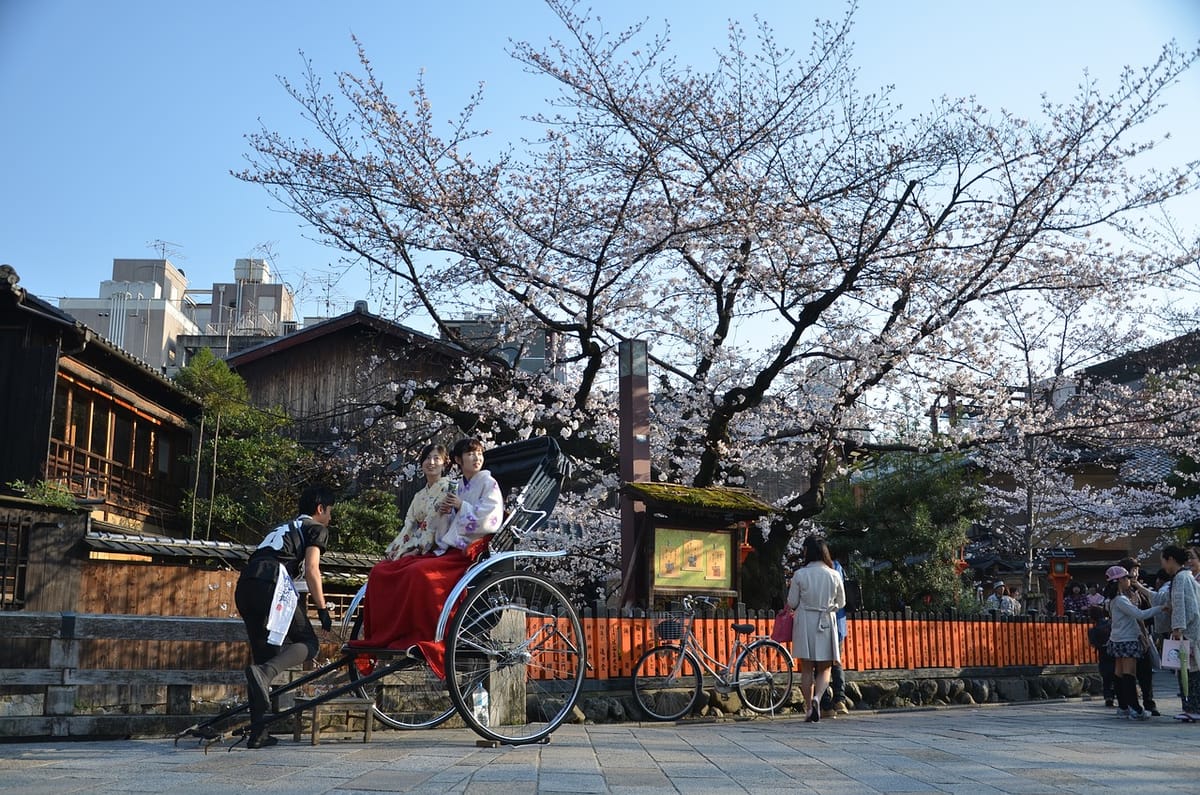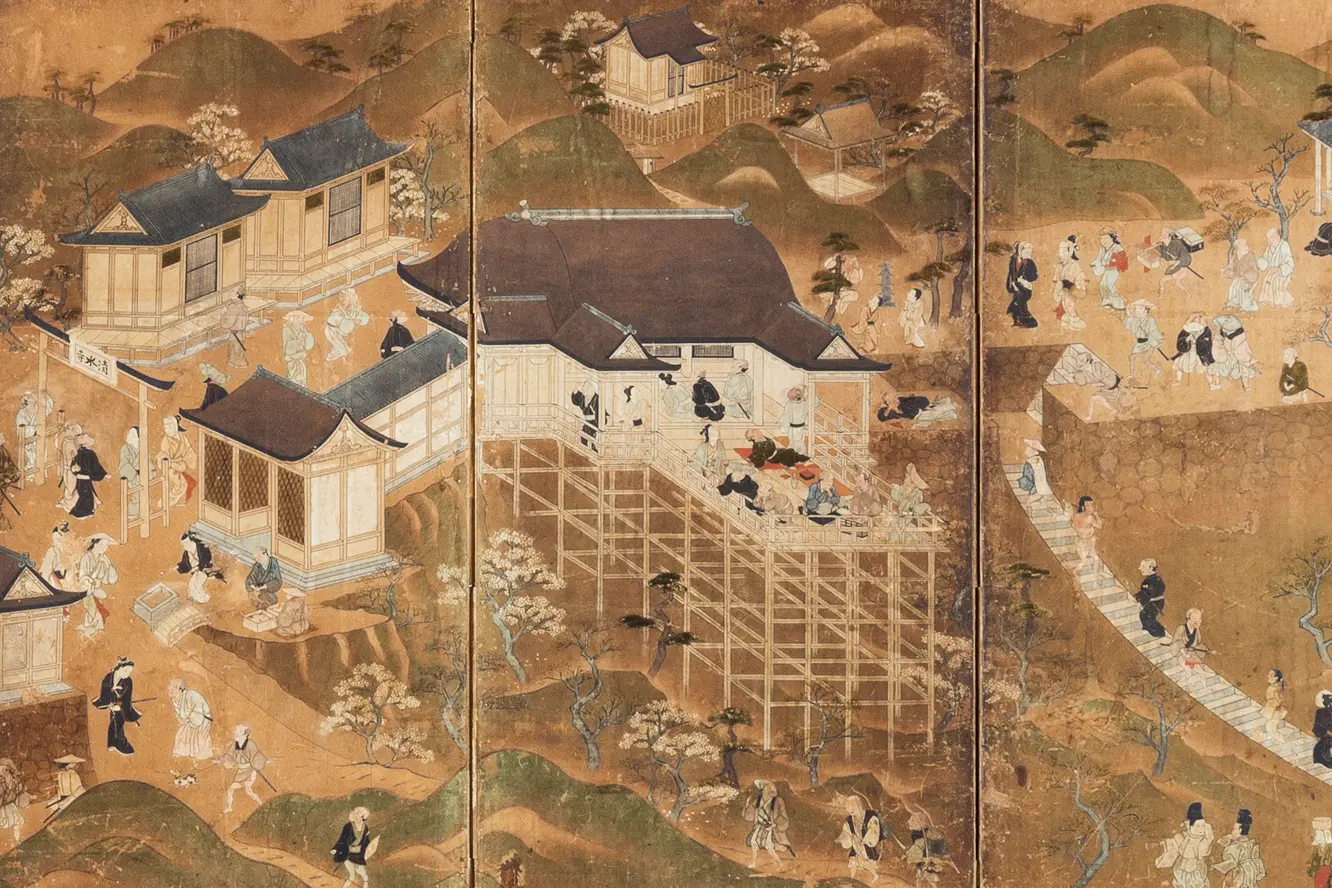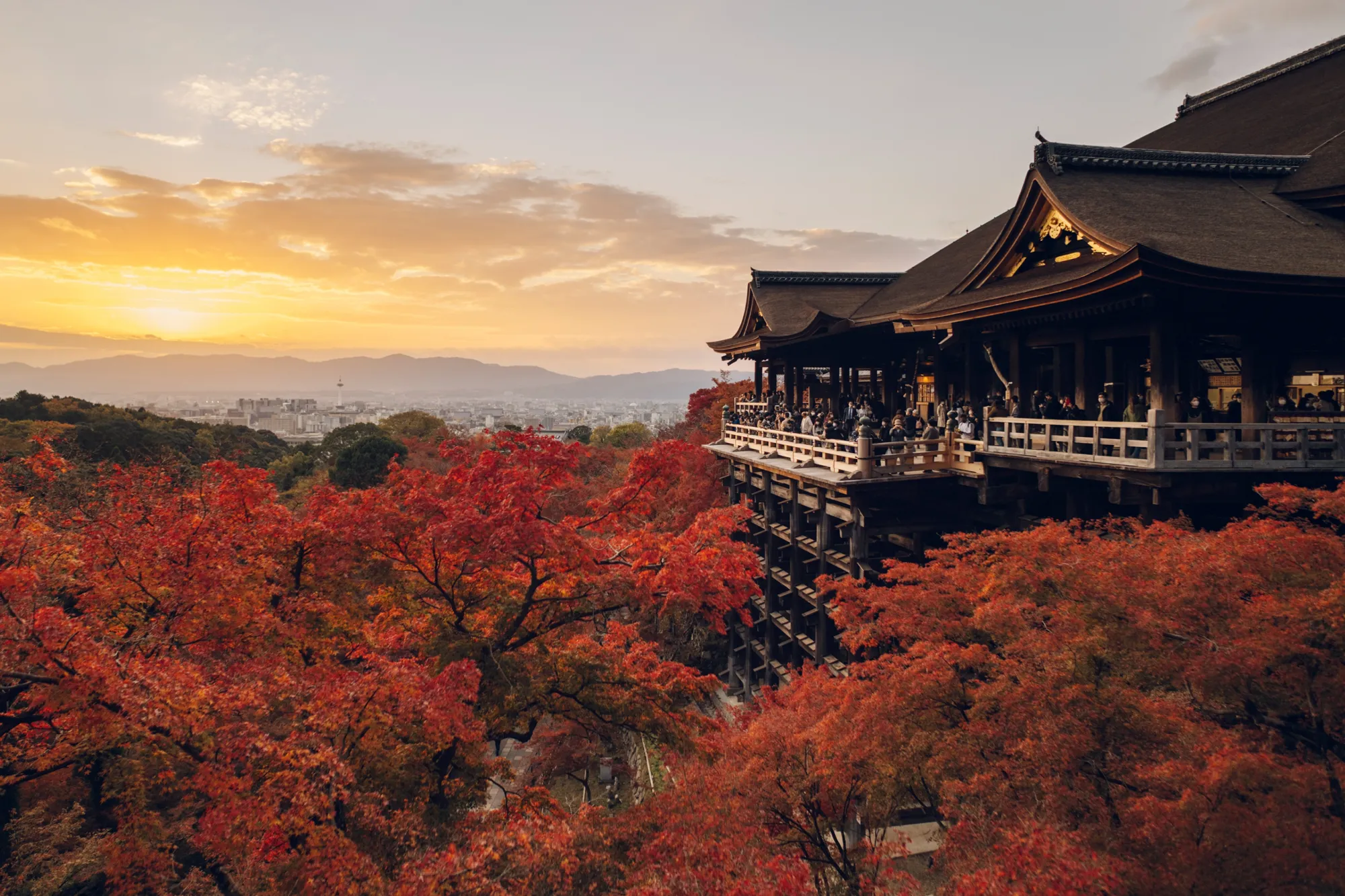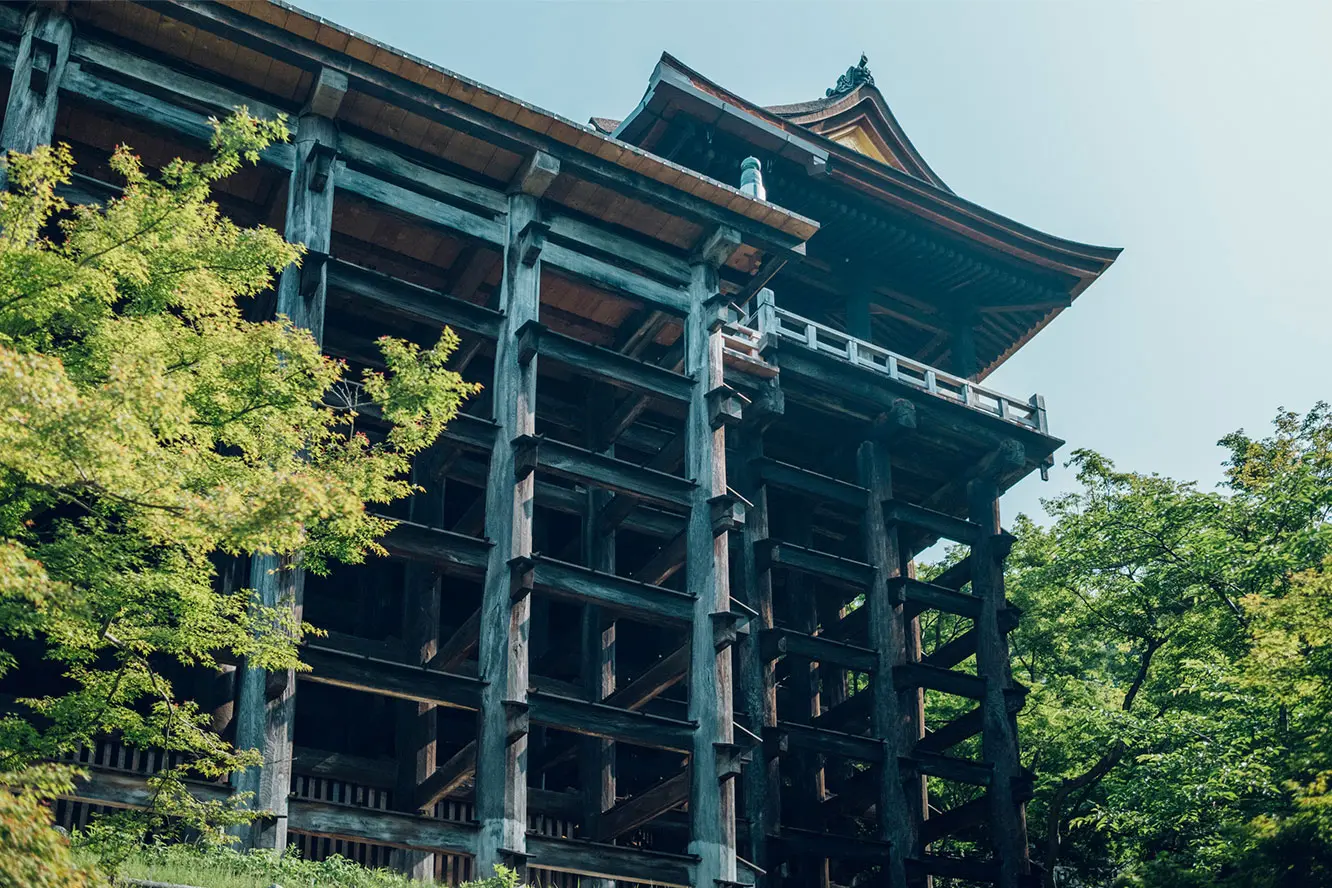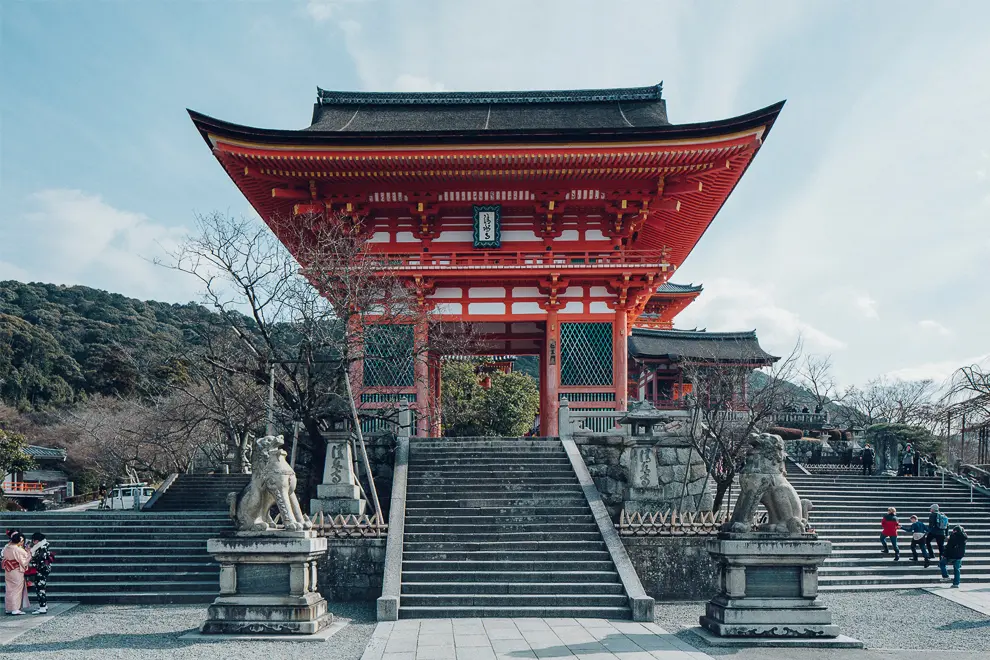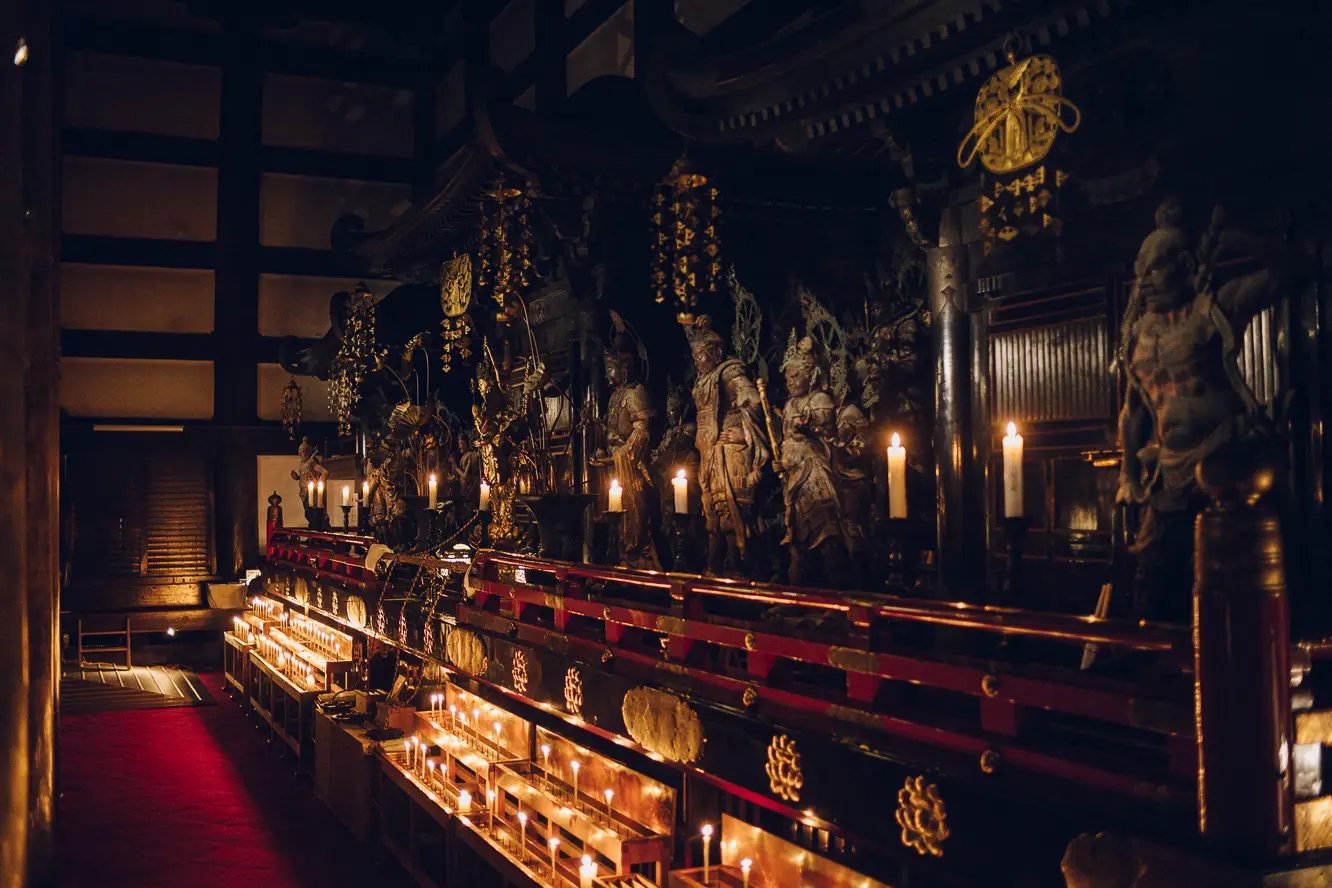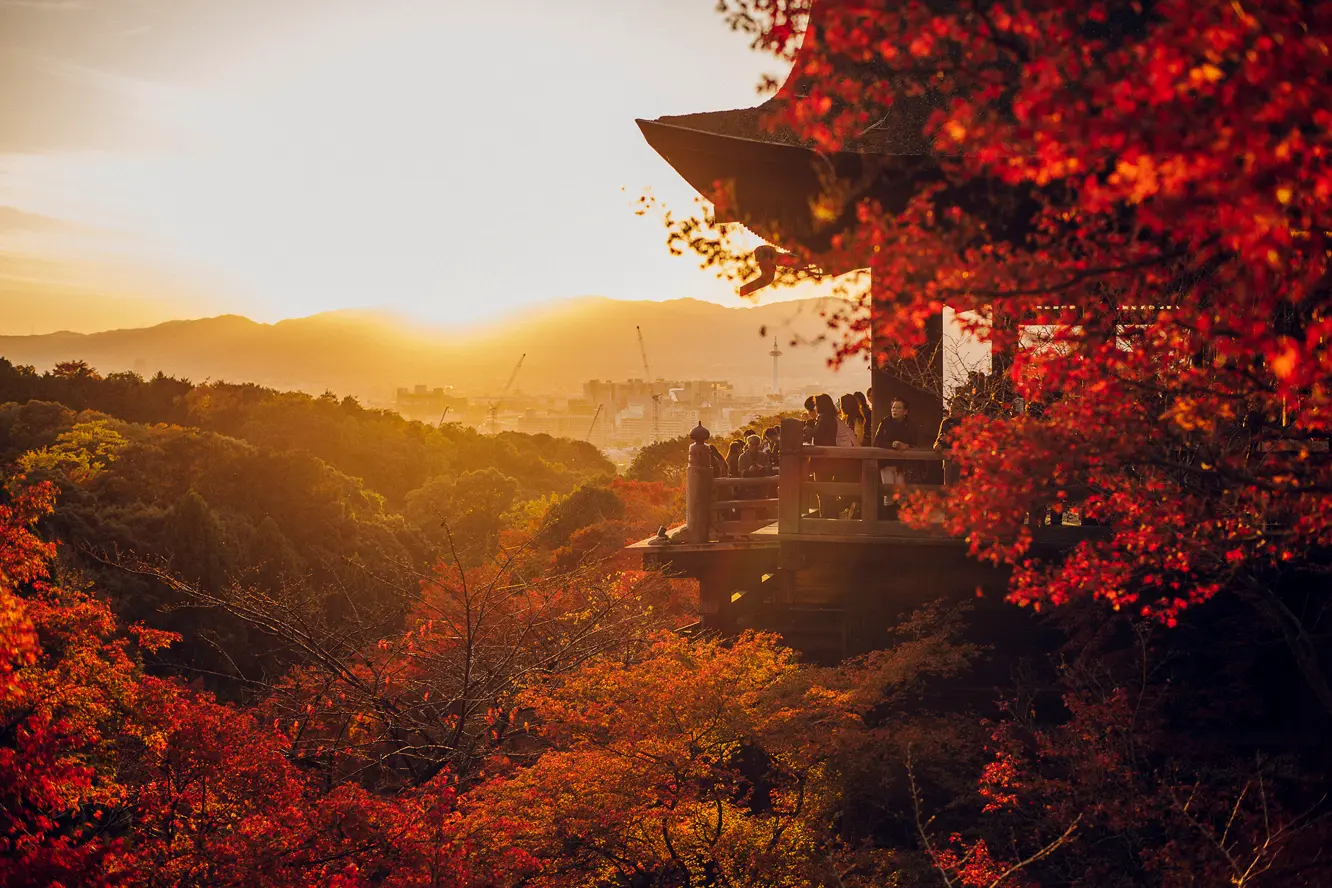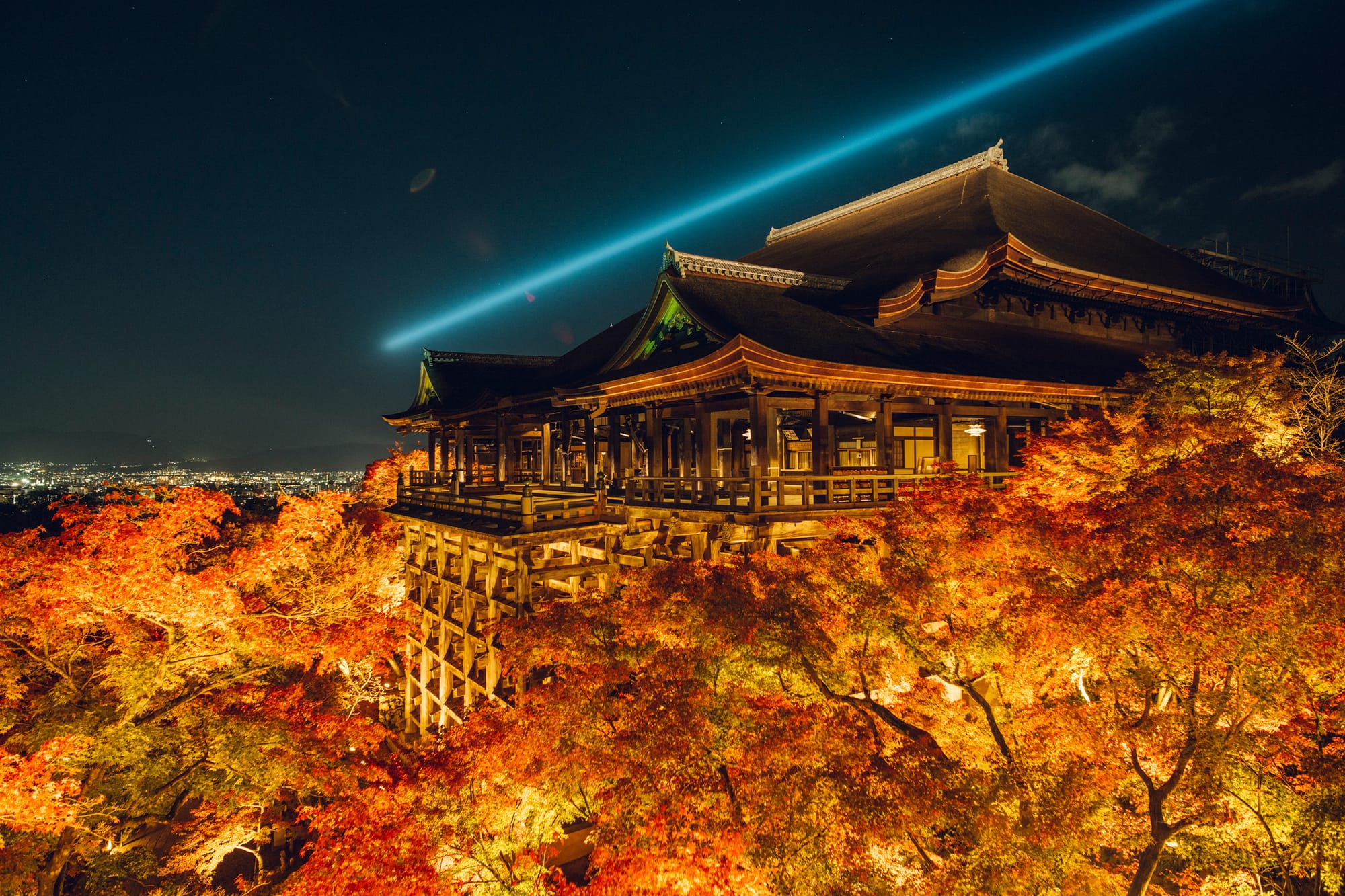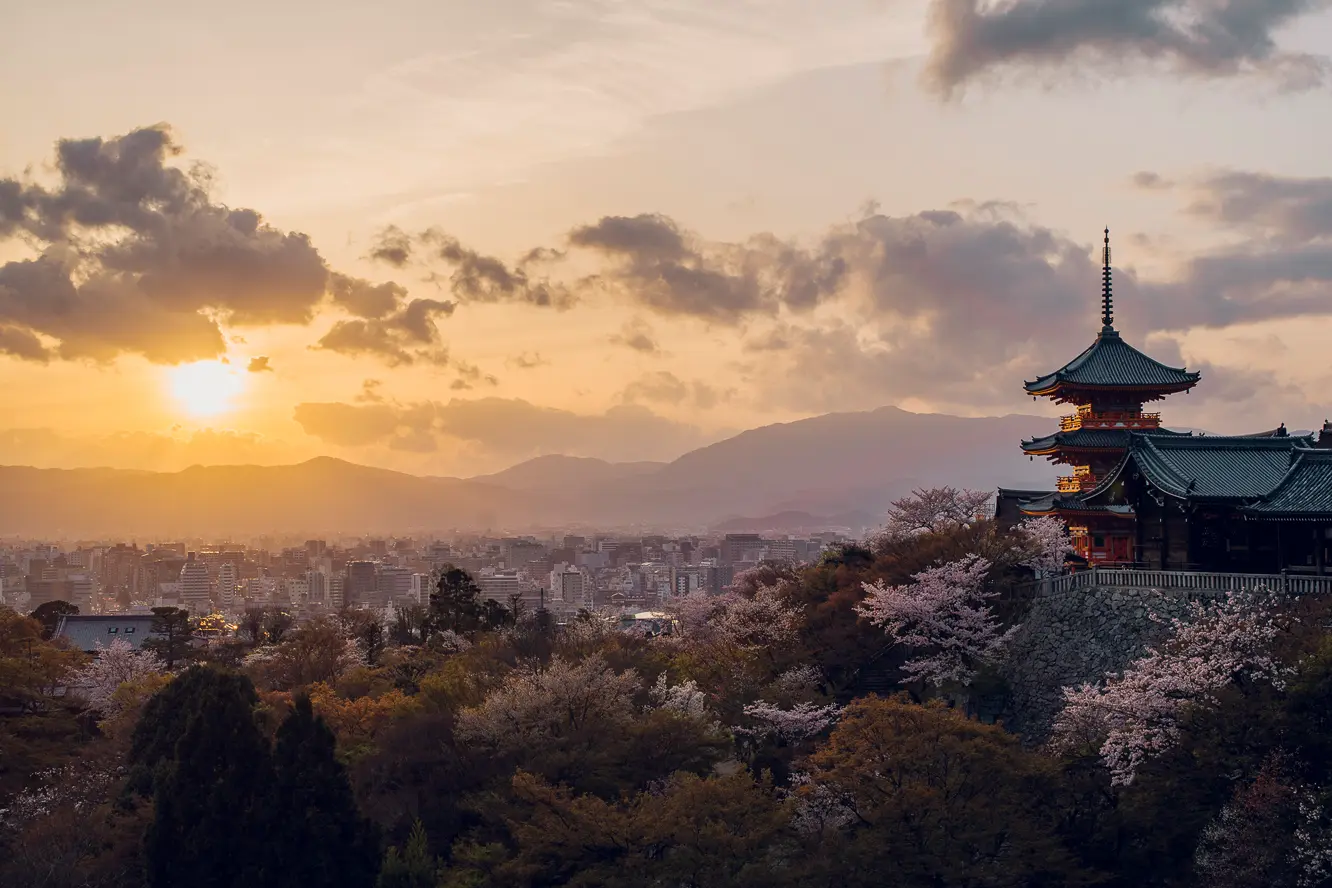Kyoto was the residence of the emperor of Japan for over 1000 years. As Japan designated the emperor's residence as the capital, Kyoto flourished as the capital of Japan for a long time.
Currently, the emperor has moved to Tokyo, which has become Japan's capital, but Kyoto, having been the capital for so long, has numerous shrines and temples with hundreds of years of history. Originally, temples and shrines were built to protect the capital. Many existing shrines and temples strongly reflect the changes in Japanese history and culture.
Kyoto, with its abundance of shrines and temples, is said to be the city where one can best experience Japanese elegance. Among Kyoto's temples, Kiyomizu Dera Temple is particularly famous. It's a temple with over 30 buildings and towers, including structures designated as National Treasures and Important Cultural Properties. It's also a popular destination for Japanese student school trips.
In this article, we'll introduce the fascinating recommended spots and photo spots of Kiyomizu Dera Temple.

If you are interested in Kyoto's Best Temples and Shrines, check the article below! I summarized Kyoto's Best Temples and Shrines I recommend and how I felt each Temples and Shrines.
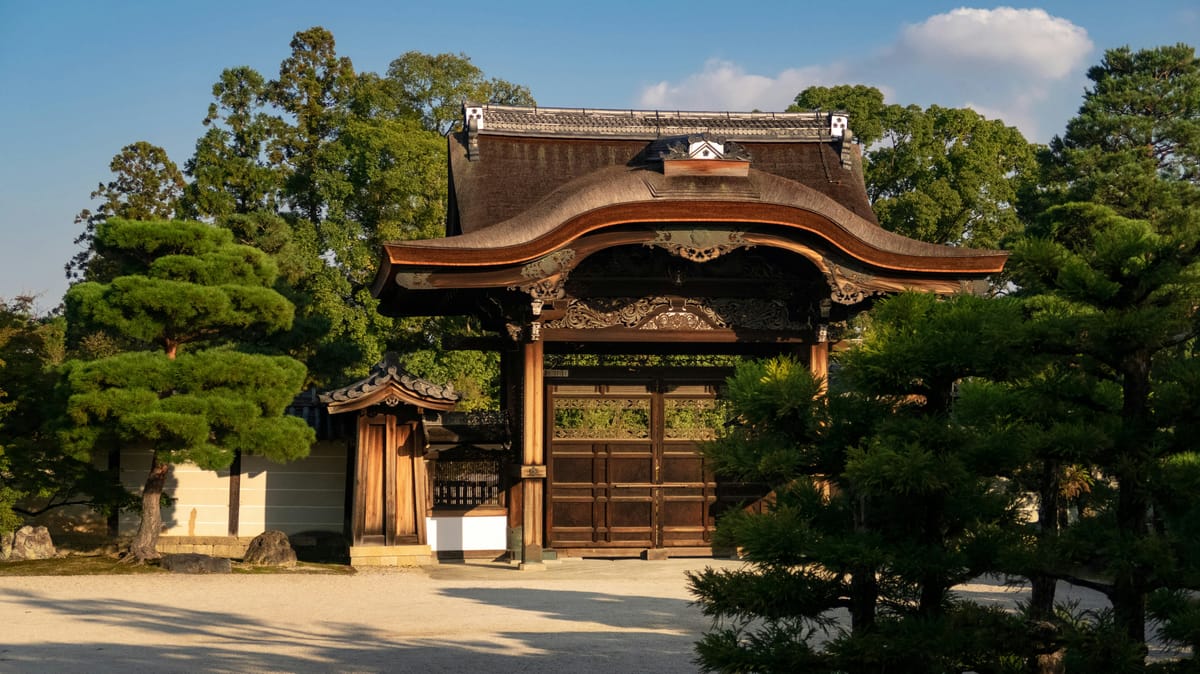
A Brief History of Kiyomizu Dera Temple
source:Official website
Kiyomizu Dera Temple on Mt. Otowa was founded about 1250 years ago in 778. Due to its long history and cultural importance, it was registered as one of the "Historic Monuments of Ancient Kyoto'' UNESCO World Heritage Sites in 1994.
In addition to historical buildings and Buddhist statues designated as important cultural properties, Kiyomizu Dera Temple is particularly famous for its "stage" that juts out from the main hall. The height of this stage is about 13 meters, equivalent to a 4-story building.
This wooden stage has been used for performances of traditional arts such as Gagaku (ancient Japanese court music), Noh (Japan's oldest form of theater), Kyogen (comedic dialogues performed between Noh acts), and Kabuki (traditional Japanese popular theater).
The view from the stage is also beautiful, and Kiyomizu Dera Temple continues to be loved by many people for its history and traditions.
Three Must-See Attractions at Kiyomizu Dera Temple
Kyoto's Most Famous "Kiyomizu Stage"
source: Official website
The "stage" at Kiyomizu Dera Temple is the most popular tourist spot in Kyoto. The traditional techniques used in the stage and the view from it continue to captivate visitors. The stage, which juts out from the main hall, is about 13 meters high from the ground and has an area of about 200 square meters. It uses high-quality Japanese cypress wood. Its solid construction provides excellent stability.
The stage spreads out in front of the main hall, and by utilizing the steep slope of the terrain, it has an overwhelming presence that awes viewers. The splendid view overlooking Kyoto has been praised for its beauty in many paintings and photographs.
There's a Japanese saying, "Jumping off the stage at Kiyomizudera Temple," which refers to making an important decision with resolve.
The Stage Towering on the Cliff and Its Impressive Architecture
source:Official website
The stage of Kiyomizu Dera Temple, towering on the cliff, is also impressive in its architectural style. Despite standing on a steep slope, this stage was built using traditional Japanese construction methods without using any nails. The interlocking wooden components support each other, creating a highly earthquake-resistant structure.
The pillars supporting the stage are also impressive, using 18 trees about 400 years old. When visiting Kiyomizu Dera Temple, be sure to pay attention not only to the view from the stage but also to the architectural structure beneath it.
Over 30 Temple Buildings Including National Treasures and Important Cultural Properties
source: Official website
One of the highlights of Kiyomizu Dera Temple is its diverse buildings. The temple has over 30 structures including gates, bell towers, pagodas, and halls. Some are designated as specially protected and managed buildings by the government, so just by touring the temple grounds, you can appreciate the beauty of Japan's historical architecture.
Particularly recommended is the three-storied pagoda, which is a symbol of Kiyomizu Dera Temple. It's about 30 meters tall and offers a panoramic view of Kyoto. It was originally built in 847 but was once destroyed by fire. The current tower was built in 1632. It's surprising that such a tall wooden tower has maintained its beautiful form for nearly 400 years.
Also, the main gate called Niomon, built around 1500, and the West Gate built in 1633 to its right rear, have majestic appearances that beautifully contrast against the sky, so be sure to stop and look up at them. The sunset view from the West Gate is particularly renowned for evoking thoughts of the Pure Land.
The Solemn Atmosphere of the "Main Hall Interior"
source:Official website
The interior of Kiyomizu Dera Temple's main hall is a sacred space with a solemn atmosphere. The building is also designated as a specially protected structure by Japan.
This building houses the principal object of worship, an eleven-faced one thousand-armed Kannon statue. Although it's a hidden Buddha kept in a small shrine, you can get an idea of its appearance from the Buddha statue standing in front of the doors. The many hands of the statue are said to represent great compassion and save people from hardship.
Kiyomizu Dera Temple has long been worshipped by people praying for good health and success in life. The depth of people's faith is reflected in the solemn atmosphere of the main hall. By visiting, you might experience a time of peace of mind and deep prayer.
In the dimly lit interior of the main hall, the shining gold decorations create a sense of being in another world. The grain of the wood used for the floor, its polished appearance, and the decorations on the ceiling radiate brilliance in the silence. You'll feel a sacred atmosphere down to the smallest details.
Like the stage, the main hall was also built using traditional Japanese wood joinery techniques without using any nails.
If you are interested in Kyoto's Best Temples and Shrines, check the article below! I summarized Kyoto's Best Temples and Shrines I recommend and how I felt each Temples and Shrines.

For a Guaranteed Spectacular View, Visiting Kiyomizu Dera Temple in "Autumn" is Recommended
Autumn When the Kiyomizu Stage is Dyed in Fall Colors
source:Official website
If you're visiting Kiyomizu Dera Temple, autumn is recommended when the fall foliage is beautiful. The leaves change color in late autumn, and although it varies by year, the best time to see the autumn colors is usually from late November to mid-December.
You can enjoy a beautiful view of the spreading autumn colors from the famous Kiyomizu Stage. As the stage juts out from the mountainside, you can fully appreciate the red color of Japanese maple trees, said to be among the most beautiful autumn leaves in Japan. The autumn colors viewed from a height of 13 meters will feel like a carpet or sea of autumn leaves.
There are about 1,000 mountain maple trees growing on the grounds of Kiyomizu Dera Temple. The conditions for beautiful autumn colors include a large temperature difference between day and night. Particularly, a sharp drop in nighttime temperature helps the autumn colors.
While the daytime scenery with autumn colors against the blue sky is beautiful, I also recommend the scenery at dusk as the sun gradually sets.
If you are interested in Events in November, check the article below! I summarized how and where you can enjoy Events as much as possible.
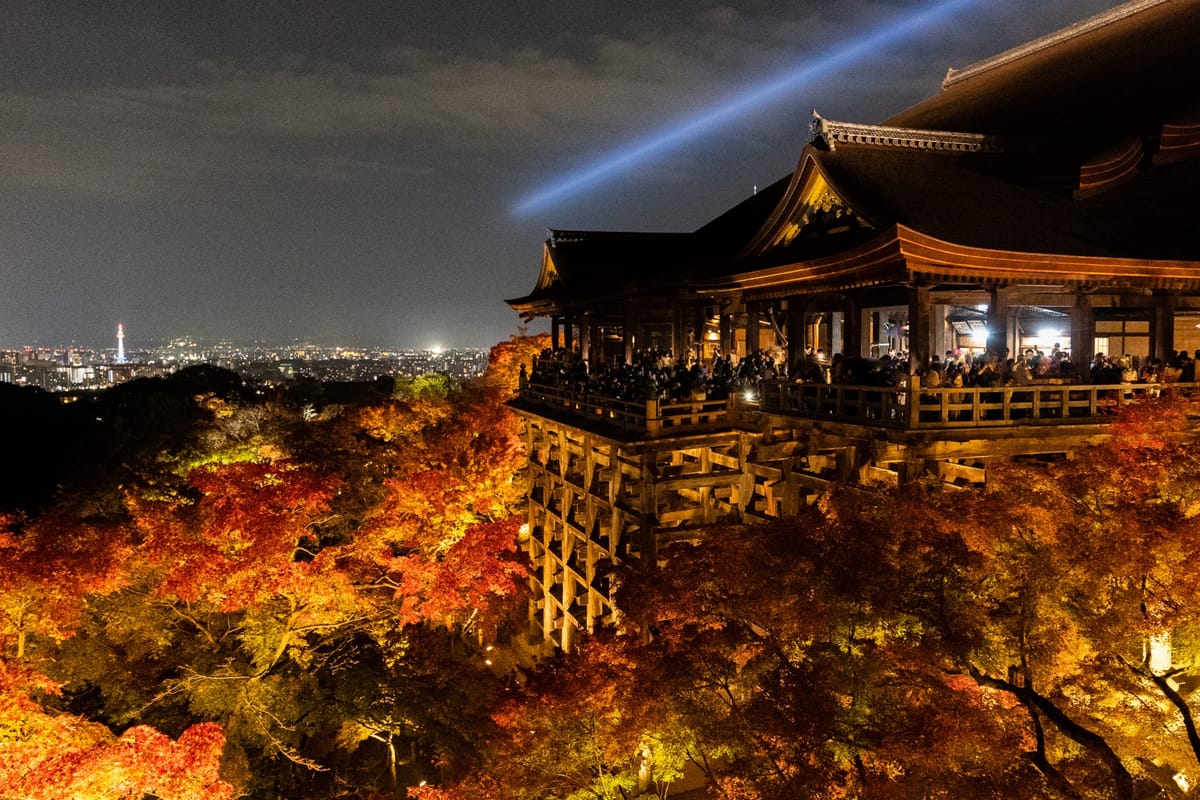
If you are interested in Kyoto's Attraction at Night, check the article below! I summarized Kyoto's Attraction at Night I recommend and how I felt each Spots.
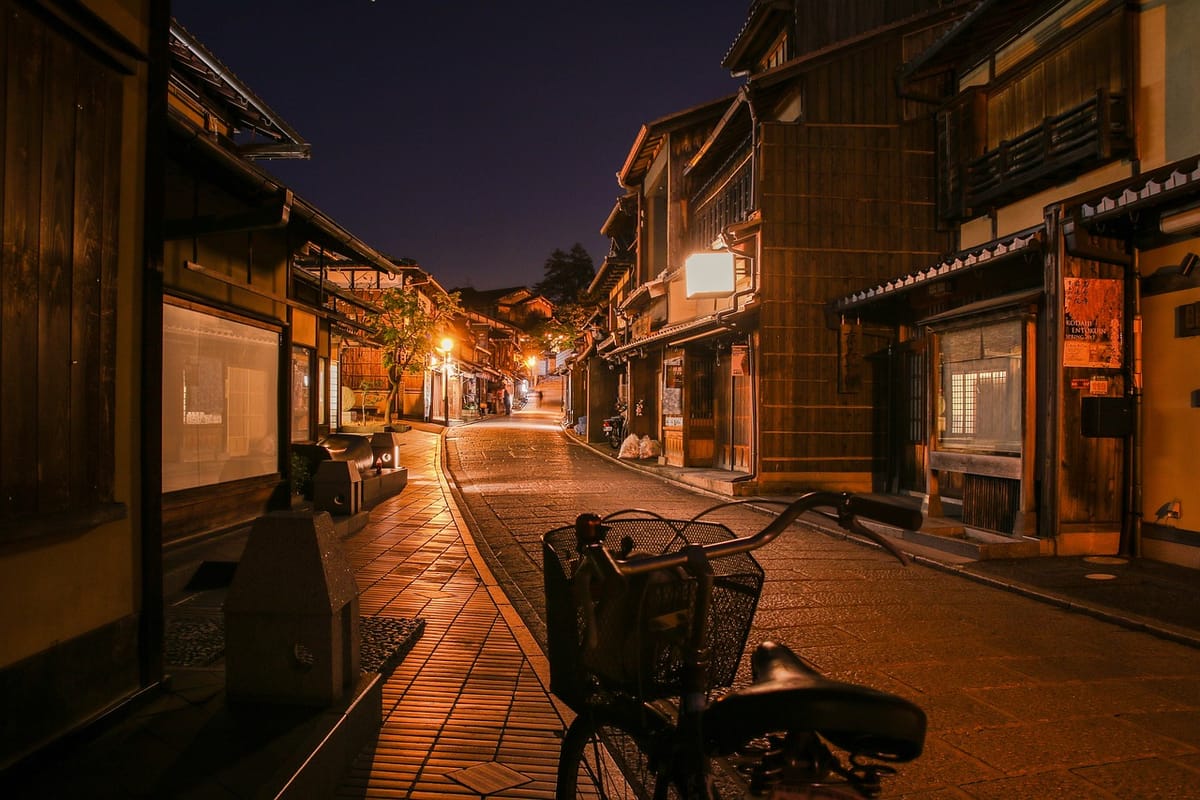
"Autumn Nights" Become Even More Magical with Illumination!
source:Official website
If you're visiting Kiyomizu Dera Temple during the autumn foliage season, consider visiting not only during the day but also at night. When the autumn colors are at their best, Kiyomizu Dera Temple extends its closing time to 21:30. (Reception ends at 21:00) There's also special illumination, allowing you to enjoy a magical atmosphere.
Over 500 lights illuminate the autumn-colored mountain maples and main buildings, creating a contrast with the night-time Kiyomizu Dera Temple enveloped in silence that can't be experienced during the day. Particularly popular is the view of the autumn colors looking down from the Kiyomizu Stage. The illumination further emphasizes the colors of the autumn leaves, spreading a picturesque landscape before your eyes.
The lights usually turn on at 17:30, but this may change depending on the year, so please check the official website in advance.
If you are interested in Nighttime in Kyoto, check the article below! I summarized how and where you can enjoy Nighttime in Kyoto as much as possible.
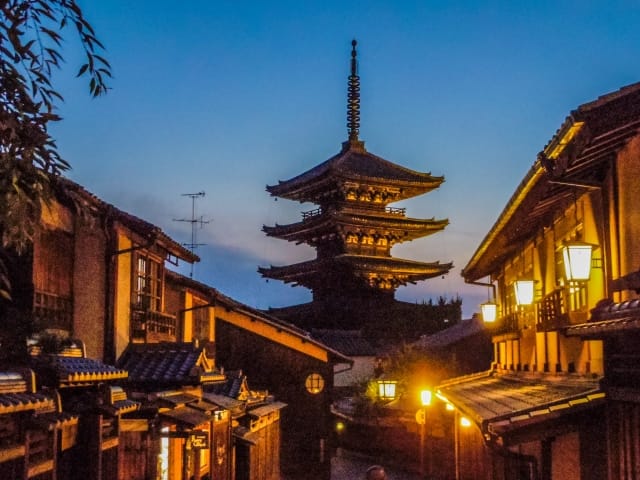
Two Spots for Beautifully Photographing Kiyomizu Dera Temple
Okunoin
source:Official website
The first spot I recommend for photographing Kiyomizu Dera Temple is "Okunoin." From here, you can capture the Kiyomizu Stage head-on with trees in the foreground. Behind the stage, you can catch glimpses of Kyoto's cityscape. With the blue sky as a backdrop during the day, you might even be able to capture the Nishiyama mountain range surrounding Kyoto in the far distance. Personally, I also recommend dusk, when the setting sun illuminates Kiyomizu Dera Temple, further highlighting its solemn atmosphere.
During the autumn foliage season, you can take beautiful photos contrasting the stage with the fiery red autumn leaves. This is also a recommended photo spot during cherry blossom season.
If you are interested in Best Sightseeing Spots for Kimono in Kyoto, check the article below! I summarized them I recommend and how I felt each Spots.
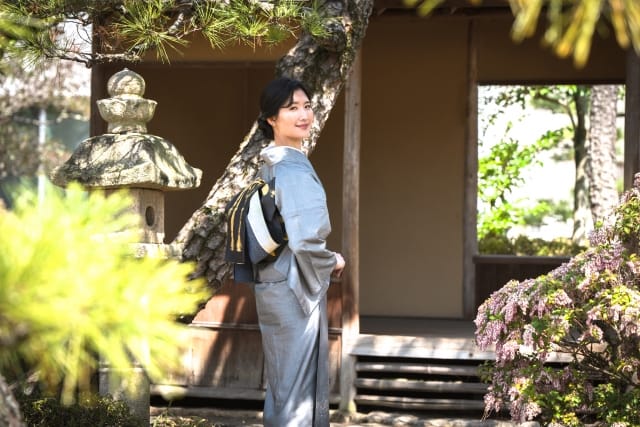
Otowa Waterfall
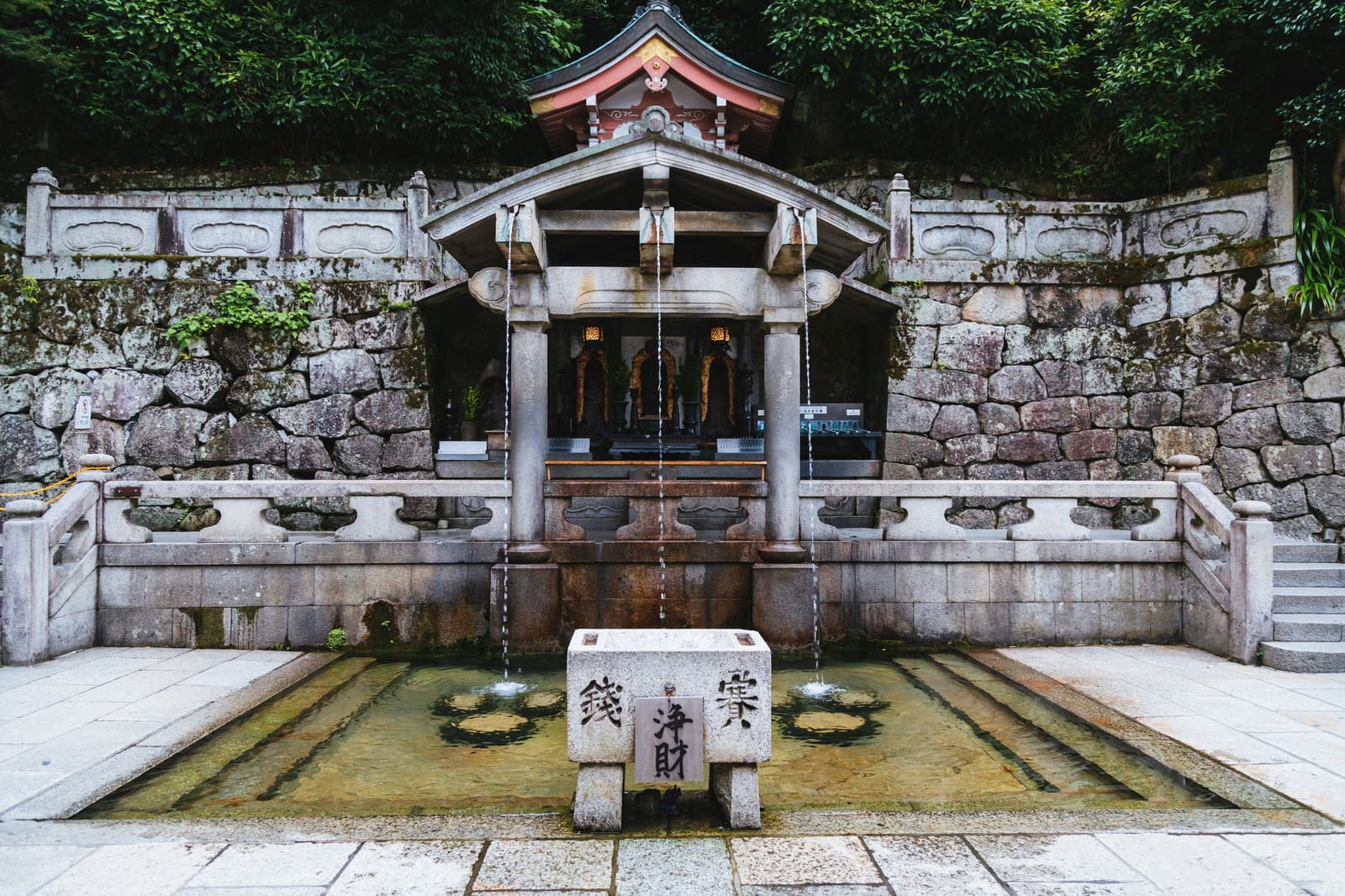
Another recommended spot for beautifully photographing Kiyomizu Dera Temple is "Otowa Waterfall." This waterfall is located below the Kiyomizu Stage, allowing you to look up at the wooden scaffolding. The structural excellence of Kiyomizu Dera Temple's main hall, built without using a single nail, is also evident in the beauty of its woodwork. Please enjoy the overwhelming strength of the woodwork that has continued to support the stage for nearly 400 years since its reconstruction in 1633.
This waterfall is also the origin of Kiyomizu Dera Temple's name, which means "clear water," and is known as a famous spring that has been flowing for over 1000 years. It's said that drinking the water brings good fortune.
If you are interested in Kyoto Photo Spot, check the article below! I summarized how and where you can enjoy Kyoto Photo Spot as much as possible.
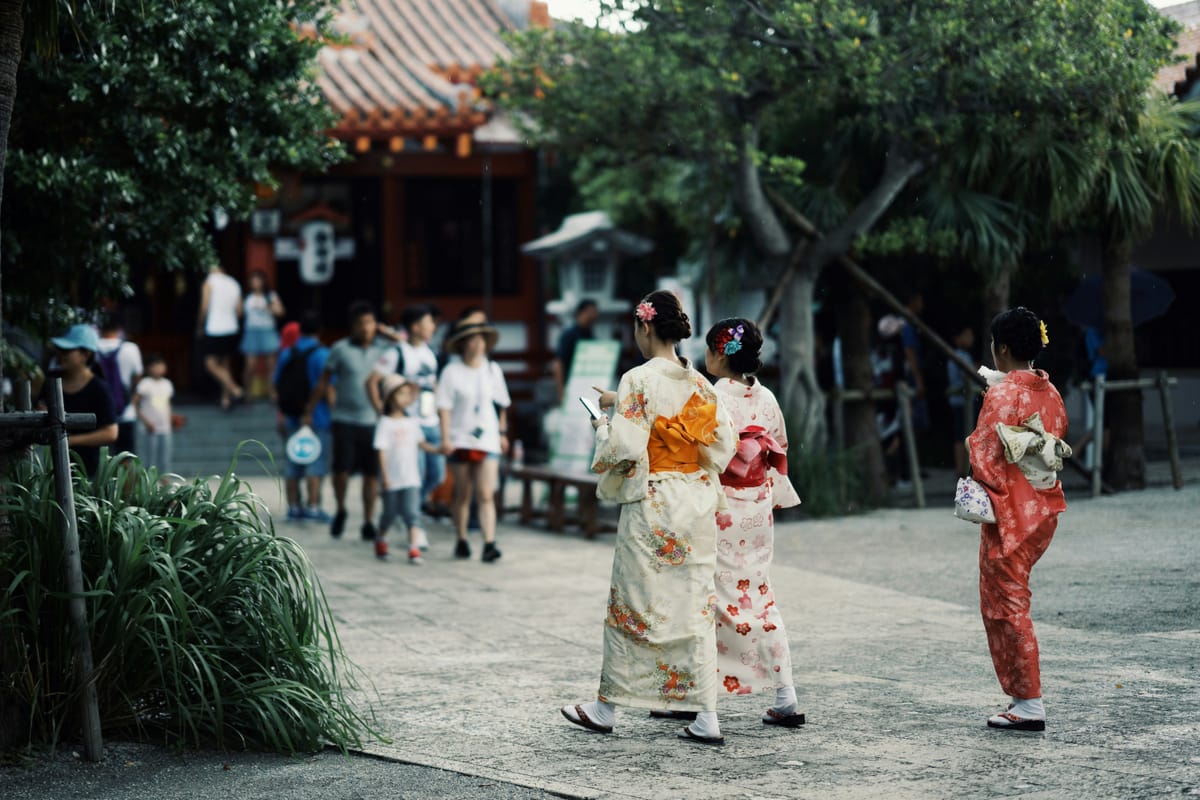
Points to Note When Visiting Kiyomizu Dera Temple
The Main Hall is Very Crowded and It Takes Time to Get Through
As a point to note when visiting Kiyomizu Dera Temple, be aware of the crowded conditions in the main hall. Kiyomizu Dera Temple is one of the most famous temples in Kyoto, so there are often many visitors and it can be very crowded. It's especially likely to be crowded during the spring and autumn tourist seasons and on weekends.
When visiting the main hall of Kiyomizu Dera Temple, it's recommended to plan a flexible schedule. It often takes time to reach the Kiyomizu Stage in the main hall and then exit, especially during crowded times.
To avoid crowds, I recommend visiting early in the morning. Kiyomizu Dera Temple opens its gates at 6 AM.
Observe Temple Manners and Etiquette
Kiyomizu Dera Temple is a sacred place where Buddha is enshrined. Be sure to observe proper temple manners and etiquette when visiting. Pay particular attention to the following points:
- Don't speak loudly or laugh boisterously on the temple grounds: Temples and shrines are sacred places. Be mindful that there are people who cherish these places and are offering prayers, so maintain an attitude of respect.
- Don't step on the threshold of the mountain gate: When passing through the gate, be careful not to step on the threshold lying at your feet. In Japan, it's also customary to bow slightly before passing through the gate as a greeting.
- Please purify your hands at the water fountain before entering the main hall.
- In Japan, it's also customary to bow slightly as a greeting after offering prayers and leaving the gate.
Access
It's best to use a bus to reach Kiyomizu Dera Temple. The nearest bus stop is Gojozaka. You can also walk from Kiyomizumichi. From either bus stop, it's a 10-minute walk.
Basic Information:
- Address: 1-294 Kiyomizu, Higashiyama-ku, Kyoto City
- Opening Hours: 6:00-18:00 (until 18:30 in July and August, until 21:30 during special viewing periods)
- Closed: –
- Phone: 075-551-1234
- Official Website
- Admission Fee: 500 yen
If you are interested in Kyoto's Attractions, check the article below! I summarized how and where you can enjoy Kyoto's Attractions as much as possible.
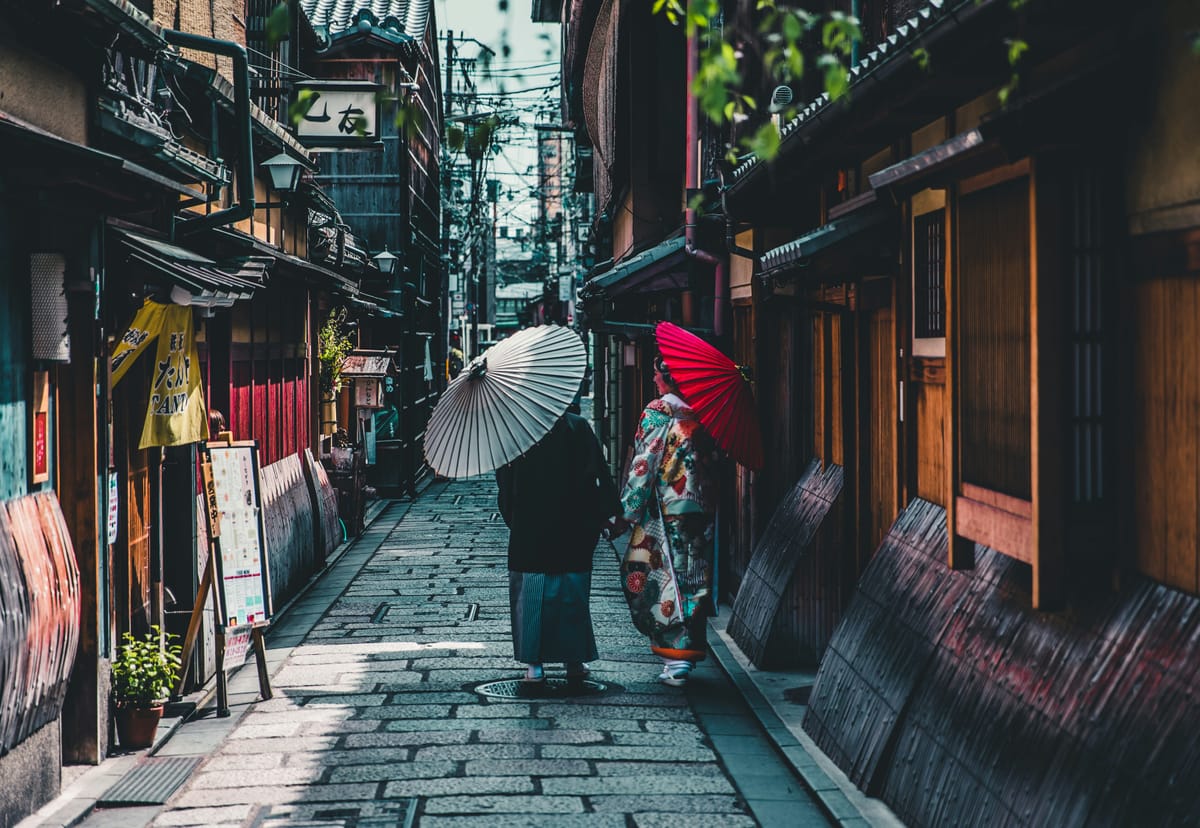
If you are interested in Best Street Food in Kyoto, check the article below! I summarized how and where you can enjoy Best Street Food in Kyoto as much as possible.
